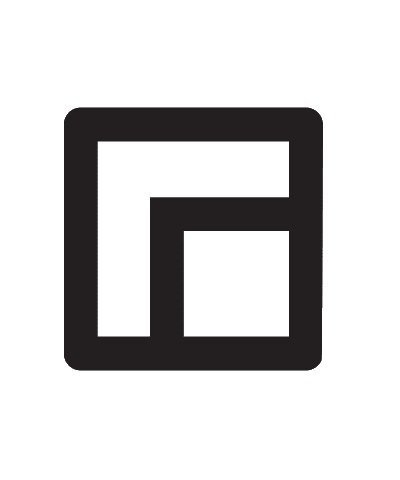The Digital Weird
Jan Robert Leegte
Since the conceptualisation of the Analytical Engine by Babbage and Lovelace, the domain of the computational field has extended from a tool to a cultural field. The complexity of this digital domain has extended into vast networked server spaces, that analyse datasets that react with and populate unimaginable cultural landscapes. Landscapes that are creeping away from our grip. The digital domain is progressively moving from a position of rationalist control, clarity, science and productive transparent efficiency to one of destabilisation, chaos and fragmentation. The idea of progress powered by the machine has left the linear “tooly” domain and entered an amorphous “organic” one.
Due to the mentioned fragmentation, grotesk narratives of conspiracy are becoming more commonplace in today's media landscape. We can witness a renaissance of psychedelics, together which signal an increasing hallucinative perforation of a cracking enlightened narrative. We are reminded that the Weird is a solid state of reality that, like The Upside Down in the TV series Stranger Things, is just ready to surface when you least expect it.
The Weird seems to be the domain of things that lay outside of our cultural understanding. Not so much a different place, but the same place seen differently. The Weird seems to be a condition, one that comes through interaction, engagement with something on an individual basis. A Weird encounter is highly personal, and seems to operate at the fringes of our cognition and senses, but always seems to connect with the subject of interaction in a highly intimate manner. Somehow the Weird feels like we are coming closer to something than ever before, though it is alien and new at the same time.
Throughout my life from a young age, encounters with the Weird have been fundamental in guiding me into the profession of art. I recall when I was an early teen, I was staring deeply concentrated into a mirror to the point of seeing this stranger before myself, and my subjective self would evaporate into nothing, ending in myself forcing myself away from the mirror, sensing a feeling of terror and fascination. Years later as a young man, I stumbled upon Dan Graham’s Audience, Performance, Mirror and felt the same processes were invoked, opening a door to similar experiences of the Weird. Art seemed the space for someone growing up in the West, where you could communicate and study these experiences relatively well compared to other fields.
In her essay Toward a Theory of the New Weird Elvia Wilk states that Weirdness is a confrontation with the nonhuman. Commonly this nonhuman is correlated with that which we consider to be outside us, nature, but the nonhuman can also take the form of information as in the discordianism of Robert Anton Wilson, crafting conspiracy theories as gateways to unstable weirdness [In some way an artistic form of gaslighting] or ancient aliens as in the work of Lovecraft. But as stated before, the Weird is a state of reality that can surface anytime and anywhere between subject and object. Due to its omnipresence the Weird can be seeked in any place to bring us back to the potential of a digital Weird.
This engaging with a space and materiality, with the strong focus of embodied perspective is something that can be applied to the domain of the computer. The computer always has intrigued me in its materiality as it eludes itself from being categorised in traditional physical definitions. It is ephemeral and immaterial in nature, yet the experience of a Wikipedia page is rock solid and stable. I have yet to come across an art medium that is as resilient as a piece of net art. This unfathomableness is an excellent starting point to venture into the weird depths of this (post-)medium. This weird experience brings forth the inherent character of the object, the materiality of the computer, it’s presence and unique voice. The encounter also is the machine speaking non functionally. In the work of Steina and Woody Vasulka we see the artists engaging experimentally with their hand-crafted digital machines. They explore the world, their bodies, the interactions between themselves and the machine in a completely open and intuitive way resulting in mesmerising “trips”. The videos are observations of encounters between humans and machines not demanding control, understanding or a result, but purely to wander into the unknown reality of the machine.
The Digital Weird asks us to let go of the idea that the computer is a tool for us to control, but also is an external nonhuman object that fundamentally is unfathomable.
Jan Robert Leegte (born 1973, The Netherlands) is one of the first Dutch artists to work on and for the Internet since the 1990s. In 2002, he shifted his main focus to implementing digital materials in the context of the physical gallery space, aiming to bridge the online art world with the gallery art world, making prints, sculpture, installations, drawings, and projections, connecting to historical movements like land art, minimalism, performance art, and conceptualism. As an artist Leegte explores the position of the new materials put forward by the (networked) computer. Photoshop selection marquees, scrollbars, Google Maps, code, and software are dissected to understand their ontological nature.
Leegte lives and works in Amsterdam. His work has been exhibited internationally (Whitechapel Gallery, Stedelijk Museum Amsterdam, ZKM Karlsruhe). He is currently represented by Upstream Gallery Amsterdam.
